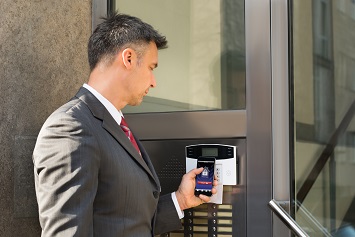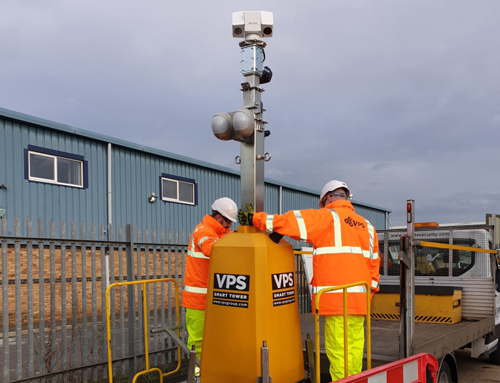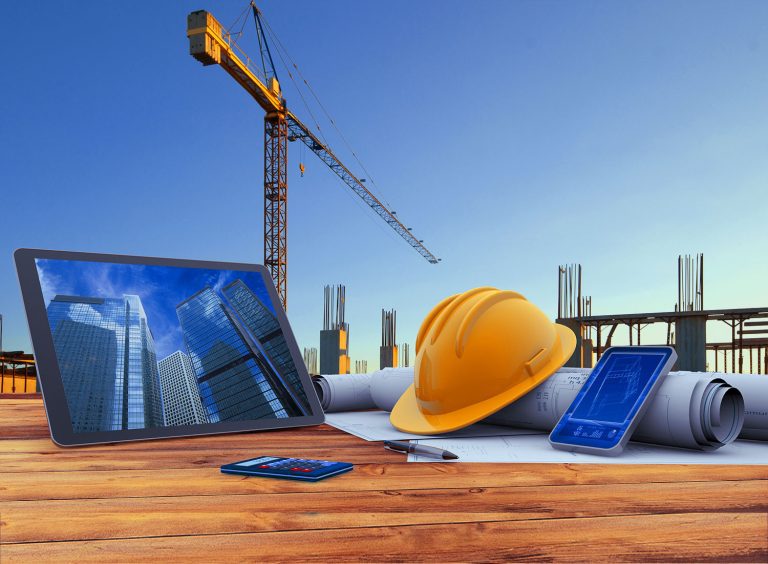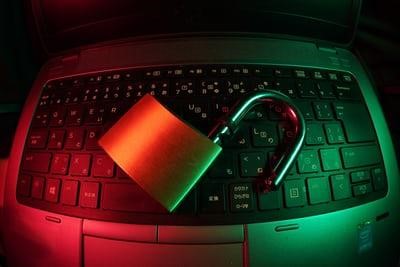Construction managers, investors, and job site contractors have a lot on their plate. Between organizing workers and keeping projects on track, job site security is a totally separate headache, but it’s still incredibly important. Managed video surveillance is one of the best ways to secure your job site against unwanted loss or damages, and yet, not a lot of people even know that live video monitoring services are a thing. Today, we’re going to define managed video surveillance and look at how it helps you protect your assets and mitigate risk on the job site. If you’re interested in how live video monitoring services stack up against other security assets, we talk more about that here. What is Managed Surveillance? Managed Surveillance is a more advanced version of live video monitoring. For standard surveillance systems, you rely on something like CCTV and recorded footage, or a small on premises security detail watching a limited number of feeds from around your construction site. With managed surveillance, you can expand the network of cameras, employ more advanced technology, and rely on a centralized team of trained security personnel keeping watch over your assets on a 24/7 basis. Usually, this is accomplished by hiring in a third-party security company that specifically offers managed video surveillance services. This helps you mitigate the cost of expensive surveillance tech, while also giving you access to a fully trained, contract based surveillance security team. Why Managed Surveillance Over Other Surveillance Setups? There are two main reasons to invest in managed surveillance: Compared to the equivalent level of security, training, and equipment in-house, it’s significantly more cost effective It’s one of the most effective security measures available in terms of broad coverage security You can essentially sidestep the expense associated with setting up your own security system and personnel with all the associated training, salaries, cost of equipment and so on. This makes managed surveillance one of the most cost effective forms of security available based on resource commitment alone. Managed surveillance is also particularly effective because it combines several elements from other security solutions in a more successful capacity. Think of managed surveillance as CCTV on steroids, with a whole trained security team watching the feed around the clock, ready to respond to threats, alert on site personnel, or contact authorities as soon as any kind of suspicious activity is detected. Utilize Managed Surveillance in Construction Site Security Now, let’s dig into what makes managed surveillance such a successful security solution. In most cases, it’s still best to use a variety of security measures to better defend your property against risk or accidental damages, but we’ll look at how surveillance works to enhance every aspect of security. Better cameras and surveillance equipment Compared to CCTV or localized live feeds, most managed surveillance services incorporate newer technologies that do more than simply provide and record a video feed. In some cases, a surveillance team might employ thermal imaging technology to counteract bad lighting or inclement weather, and many services are moving towards solar-hybrid camera power backups to provide consistent uptime. In both cases, this helps site managers be more aware of what’s going on at their job site, even when nobody is there in the middle of the night. The increased surveillance capacity also helps mitigate on the job risks, catching accidents and preventing additional damage by immediately alerting someone when accidents do happen. More strategic application of surveillance tools One of the major benefits for managed surveillance service is the training and security expertise of the team providing the service. In order to provide the best surveillance, a security team needs to develop a solid understanding of your job site. That means highlighting vulnerable or high value areas, recommending additional security measures as needed, and setting up the surveillance system to maximize coverage. This process of strategic security planning can make surveillance even more effective, by predicting where incidents are more likely to occur, and setting up cameras and potentially supplementary security measures to prevent or discourage those incidents. Always on, always staffed monitoring component Finally, the real major difference that sets monitored surveillance apart is the fact that it’s an always-on, 24/7 process staffed by professional and experienced security personnel. For example, there may be a centralized hub where personnel are constantly monitoring live feeds for your property. This security team is trained to recognize and respond to threats appropriately, and some services may even offer forensic video evidence collection and review to further protect your assets. As a single package, this always-on human element combined with improved camera and surveillance tech is what makes managed video surveillance such an effective security measure. Of course mixing in additional measures, like on-site guards or physical barriers can only improve the safety of your property. Why is Managed Surveillance Perfect for Construction Job Site Security While managed surveillance is a great asset for any kind of property or security application, it’s particularly well suited for construction sites and industrial areas because it affords a high level of coverage alongside flexible use cases. Construction sites suffer from a number of specific issues that can make security a difficult task: Limited access to power supplies Huge square footage that needs to be secured A variety of high value areas that need protection Complicated schedules and interaction by workers Limited Access to Power Many construction sites aren’t fully outfitted with access to a power supply, which can make other forms of security difficult. For example, alarms, lighting, and CCTV all need a reliable power source, otherwise they’re essentially just plastic stapled to the wall. Managed surveillance, and more specifically, the investment in solar powered cameras and tech means that you don’t have to worry about power issues. Your property will be safe and secure, even if the power goes down. Huge Square Footage A lot of construction sites are big. That means you’re stretched thin relying on security guards, physical barriers, or motion triggered alarms. With surveillance cameras, it’s much













